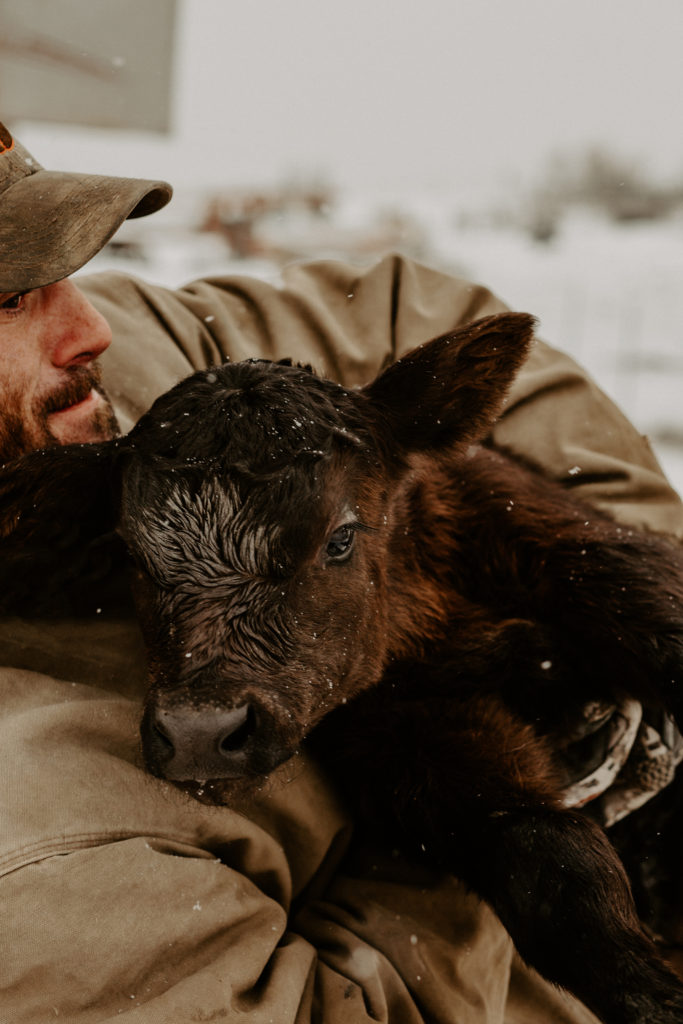As we prepare for the upcoming calving season, there are some essential items that we as producers should be gathering for our calving toolkit. Calving can quickly become an emergency situation, and you want to be ready, whenever that first calf hits the ground.
Checklist:
- Clean bucket
- Disinfectant (Chlorhexidine is recommended)
- Chains and handles
- Calf jack 7% iodine for dipping navel
- Lubricant (high quality, water-based)
- OB sleeves and latex gloves
- Tags, tagger, tag marker
- Weight tape
- COLOSTRX
- Thermos for hot water to mix the colostrum on site
- Bottle, nipple
- Thermometer
- Tube feeder (Plastic tubes offer more flexibility and less chance of injuring the calf. They can get damaged over time so consider replacing once you see scarring.)
Additional Tips For Calving Season Success:
- Consider compiling your items into a toolbox or bucket. Check for items that have been lost, damaged or are expired from the previous calving season.
- Be sure to disinfect all items after use, including bucket, chains, handles, bottle, nipple and tube feeder.
- Calving scenarios should be monitored closely, when possible. For cows that are having a prolonged calving, you should consider intervening once the cow enters stage 2 of calving (the uterus has dialated, the fetus is exposed into the environment and water bag has broken). Once in stage 2, good progression will result in a calf being born in about 1-2 hours. If this is delayed, you can consider intervening or calling your veterinarian. Intervening too early can be detrimental for the cow, so wait for those important cues.
- Colostrum is often an overlooked step. It is a fact that 32% of beef calves have failure of passive transfer of immunity. Particularly in beef calves, we often think that mother nature offers the perfect scenario for calves, however multiple calving scenarios leave the calf at risk for low absorption of immunity, and the cow at risk for producing inadequate colostrum.
- As a guide, you should be feeding a colostrum supplement (a lower dose of colostrum to top up the calf until it’s able to get up and suckle a full meal), or a colostrum replacement (a higher dose for high risk calves) during the following calving scenarios: dystocia calvings (tough pull or c-section), first calf heifers (often low volume and poor mothering), low udder fill or if you see colostrum leaking from the udder, twins, or if calf is not getting up to nurse. Check the COLOSTRX beef protocol for more details on next steps.
- As a rule of thumb, you should have colostrum products on hand for at least 10% of your herd. If you are calving 100 head, be prepared with a bare minimum of 10 bags of COLOSTRX.
